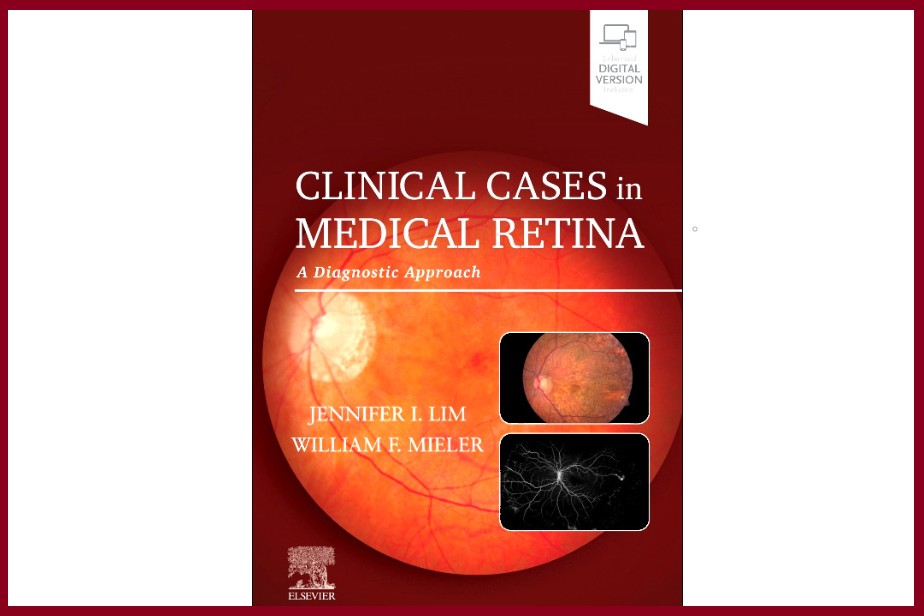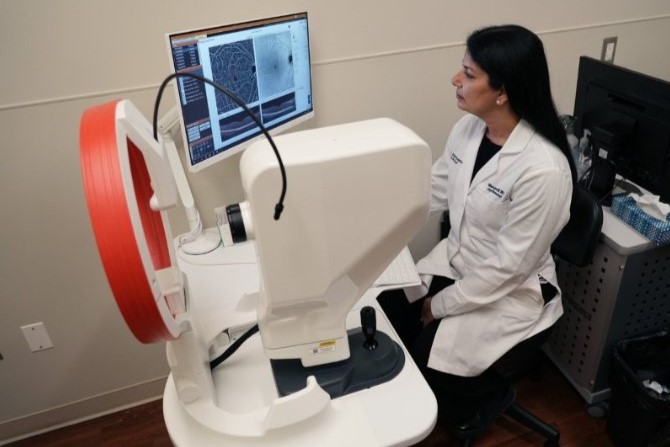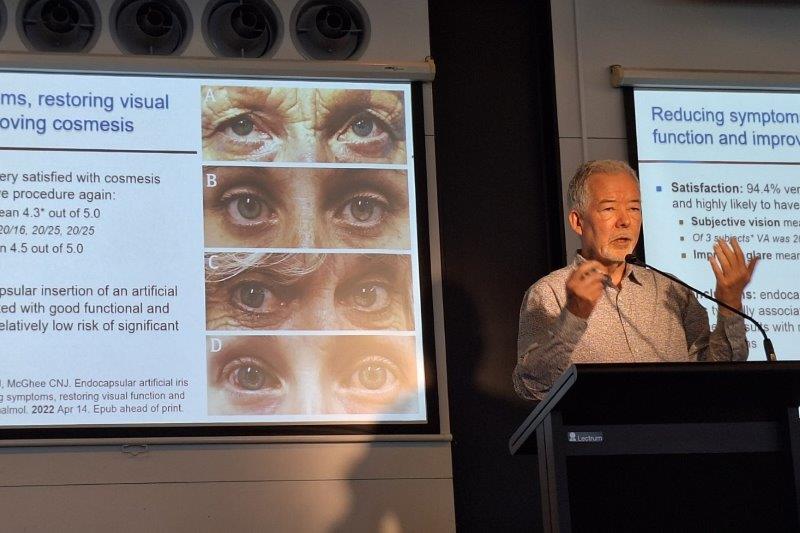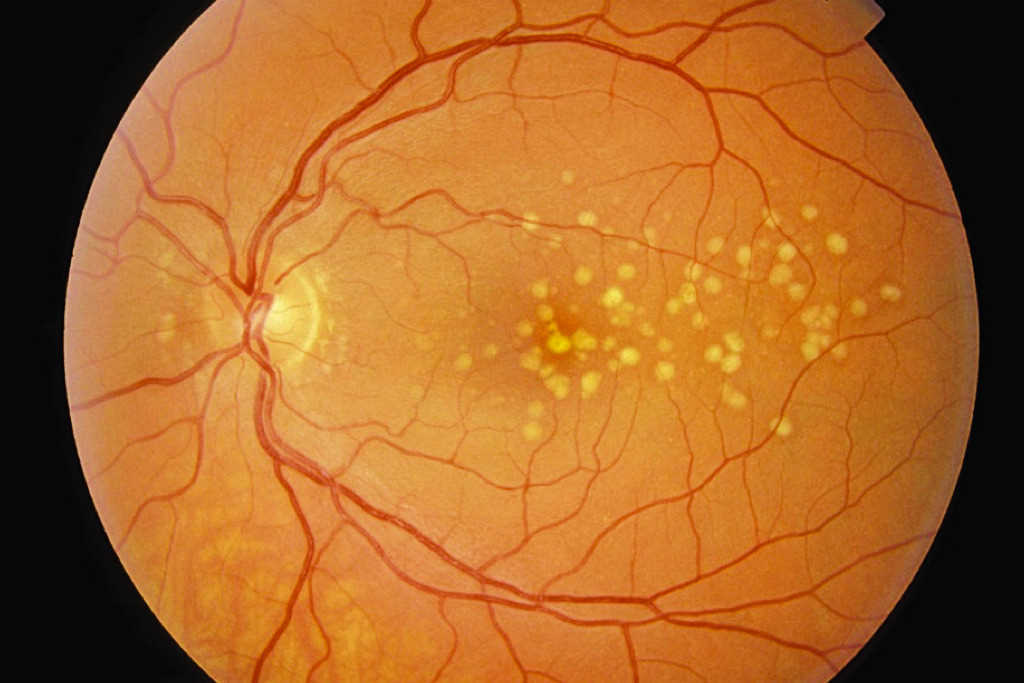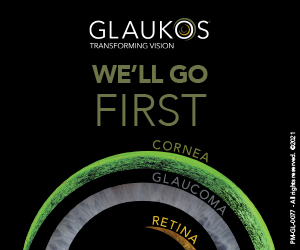Book review: Clinical Cases in Medical Retina: A Diagnostic Approach, by Jennifer Lim and William Mieler
I found this textbook an excellent resource for ophthalmic registrars and experienced ophthalmologists alike. Edited by Professors Jennifer Lim and William Mieler from the University of Illinois, it boasts an impressive range of contributors whose generosity and experience have culminated in an invaluable resource.
Each of the eight sections of this text focuses on a different retinal pathological process: hereditary macula conditions, degenerative/deficiency, inflammatory/autoimmune macular disease, infectious macular disease, retinovascular, idiopathic macular conditions, toxic/secondary and neoplastic/infiltrative. This surgical-sieve layout makes for easy navigation of a wide range of ocular presentations and pathologies.
All sections include cases for discussion, with each presented in a similar format. First, an intentionally vague history is provided along with the results of the ocular examinations and corresponding images, then there’s a section that prompts the reader to ask pertinent questions, followed by a differential diagnosis list and results from multimodal testing and treatments. At the end of each case presentation, an algorithm guides the reader through important differentials to consider, once a working diagnosis is reached. A reference list is also provided for each case, which is a great resource and the cherry on the top for a budding retinal enthusiast such as me!
The textbook utilises multiple imaging techniques such as optical coherence tomography angiography, fundus fluorescein angiography and fundus autofluorescence. It is an excellent illustration of how to approach retinal presentations and guides the reader through engaging examples. Although some of the diagnoses covered are relatively rare – ones I might encounter only a handful of times in my career – it supports the day-to-day challenge of gathering relevant history, ordering appropriate investigations and reaching an accurate diagnosis. The didactic case-based teaching style utilised is highly effective and provides an outstanding resource for developing and refining clinical reasoning.
There is also a corresponding e-book, which can easily be accessed through a mobile device. The images in the e-book adapt well, with many colour photos appearing brighter and more detailed. I especially enjoy the customisable layout and note-taking capabilities.
I believe this would make an excellent teaching tool for a group setting. The format delivers on the authors’ objective – to recreate a conference-like retinal case resource, which is incredibly engaging and functions as an adjunct to support clinical reasoning.

Dr Dineo Mpe is a pre-vocational ophthalmology registrar, an honorary research fellow at Auckland University and a research fellow at Eye Institute.









